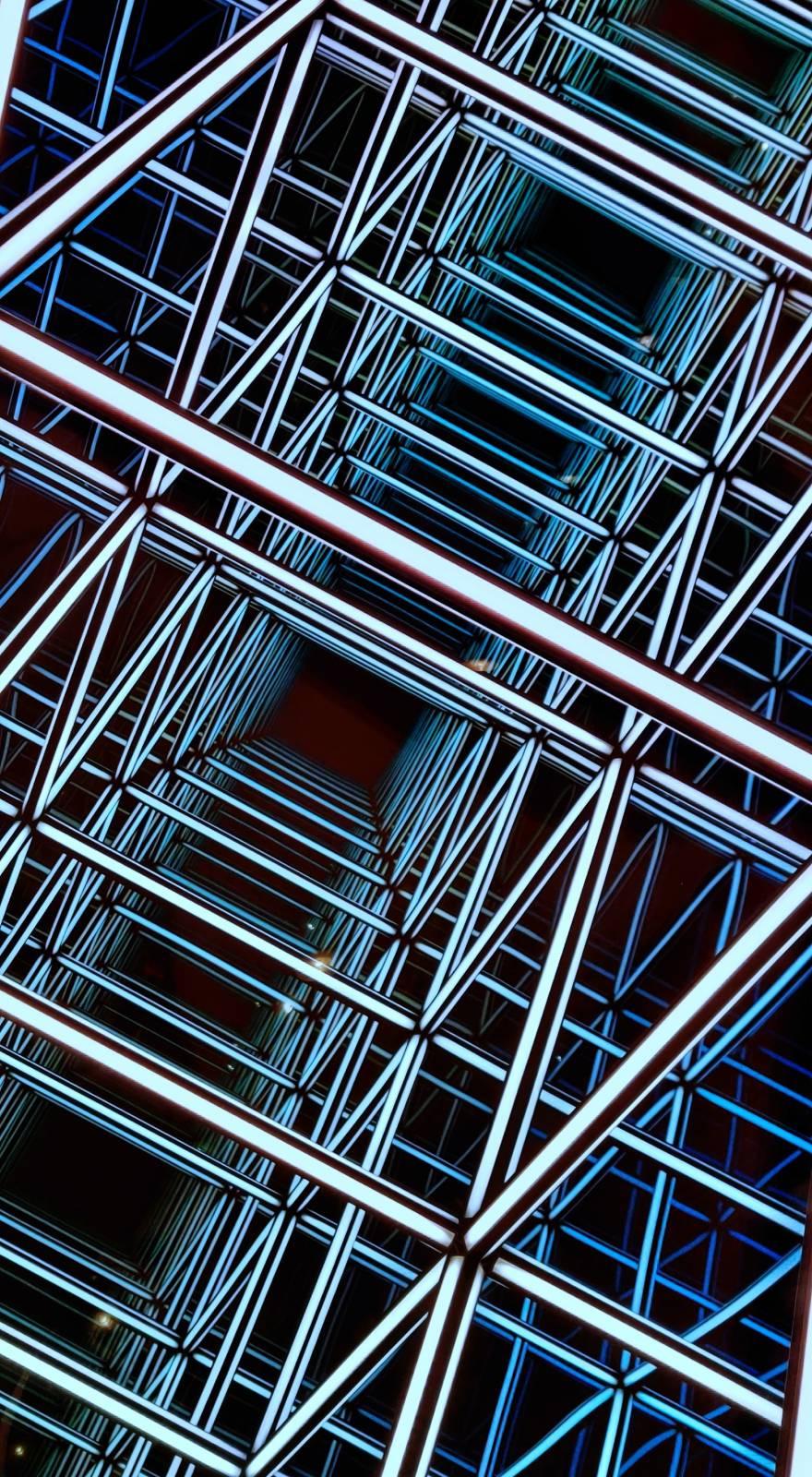Knowde Enhanced TDS
Identification & Functionality
- Technologies
- Product Families
Features & Benefits
- Labeling Claims
- Ready-to-Use Product Features
Applications & Uses
- Markets
- Applications
- Application Area
- Applications
- Recommended For: Recommended for heavy traffic areas where cold floors are repeatedly washed with hot water – such as food processing plants.
- Not Recommended For: Immersion applications for all acids and chemicals.
- Primer: None required
- Topcoat: None required. For increased performance and reduced porosity, topcoat with 3094 and 3095
-
Limitations
- Color stability may be affected by environmental conditions such as high humidity or chemical exposure.
- Product is not UV color stable and may discolor if exposed to lighting such as sodium vapor lights.
- Colors may vary from batch to batch due to variations in the silica filler.
- Mortar colors are not from our standard color chart.
- Substrate temperatures must be 5°F above dew point.
- For chemical exposure areas, recommended a suitable topcoat to reduce porosity and chemical migration.
- All new concrete must be cured for at least 30 days prior to application.
-
Mixing And Application Instructions
- Product Storage: Store product in an area so as to bring the material to normal room temperature before using. Continuous storage should be above 55°F to prevent product crystallization.
- Surface Preparation: All dirt, oil, dust, foreign contaminants and laitance must be removed to assure a trouble free bond to the substrate. We recommend that an aggressive shot blast be performed prior to the application of this product. A less adequate method would be acid etching, but the etch should properly profile the substrate. All edges and around columns or beams should be mechanically scarified. All termination points should not be feather edged, but should be saw cut with the termination ending at the saw cut. All large cracks should be V cut and filled with appropriate crack filler. All expansion joints should be filled with appropriate joint filler. When overlaying an expansion joint, a single saw cut through the epoxy overlay will prevent random fracturing. A test should be made to determine that the concrete is dry; this can be done by placing a 4’X4’ plastic sheet on the substrate and taping down the edges. If after 24 hours, the substrate is still dry below the plastic sheet, then the substrate is dry enough to start coating. The plastic sheet testing is also a good method to determine if any hydrostatic pressure problems exist that may later cause disbonding.
- Primer: No primer is necessary. This material is self priming. However, any suitable primer can be used.
- Product Mixing: It is important that the liquids be mixed together first. Mix the liquids in an oversized container thoroughly and until streak free. After the liquids are thoroughly mixed, add in the aggregate. Mix in the aggregate with slow speed mixing equipment such as a jiffy mixer or rotating bucket/stationary mixing blade assembly. It is equally important that enough time is spent mixing in the aggregate to insure that the aggregate is thoroughly wetted out. No induction time is necessary. Improper mixing may result in product failure.
- Product Application: Apply the mixed material at 1/8 to 1/4 inch thickness. Apply the material with a hand trowel or other suitable application equipment. Do not over-trowel the material as this may cause isolated blisters to form. Direct air currents across or above the mortar during the curing process may result in isolated blisters to form. Maintain temperatures within the recommended ranges during the application and curing process.
- Recoat Or Topcoating: No recoating or topcoating is necessary. However, if you opt to topcoat the applied mortar, allow it to cure before topcoating. Many epoxies and urethanes can be used. Contact your sales representatives for suitable topcoat selections.
- Cleanup: Use xylol
- Floor Cleaning: Caution! Some cleaners may affect the color of the floor installed. Test each cleaner in a small area, utilizing your cleaning technique. If no ill effects are noted, you can continue to clean with the product and process tested.
- Restrictions: Restrict the use of the floor to light traffic and non-harsh chemicals until the coating is fully cured.
-
Directions for Use
- Clean repair area removing all dirt, oil, dust or other debris.
- Ensure floor is dry prior to application.
- Mix Parts A and B together in an over-sized container until streak free.
- Add sand mixture and stir to a mortar consistency.
- Trowel on mixture at 1/8” to 1⁄4” thickness using a hand trowel or other suitable equipment.
- For cleanup, use xylol or similar product.
Properties
- Typical Properties
| Value | Units | Test Method / Conditions | |
| Cure Schedule (70°F, Pot life-1 1/2 gallon volume) | 30 - 40 | minutes | — |
| Cure Schedule (70°F, recoat or topcoat) | 1 - 8 | hours | — |
| Cure Schedule (70°F, light foot traffic) | 14 - 16 | hours | — |
| Cure Schedule (70°F, Full cure, heavy traffic) | 2 - 7 | days | — |
| Application Temperature | 55 - 90 | °F | — |
| Solids (Weight) | 100.0 | % | — |
| Recommended Thickness | 1/8 - 1/4 | inch | — |
| Coverage Per Unit (1/4" and 43.1 sq. ft. at 1/8") | 21.54 | sq. ft. | — |
| Flexural Strength | 15.15 | psi | ASTM D790 |
| Compressive Strength | 11.15 | psi | ASTM D695 |
| Tensile Strength | 6.8 | psi | ASTM D638 |
| Ultimate Elongation | 4.65 | % | — |
| Impact Resistance | Excellent | — | — |
| Abrasion Resistance | Excellent | — | — |
| Heat Deflection Temperature | 70.5 | °C | ASTM D648 |
| Weathering | Good | — | — |
| Viscocity (Part A) | 450 - 750 | cps | — |
| Viscocity (Part B) | 290 - 500 | cps | — |
Technical Details & Test Data
- Chemical Resistance
REAGENT RATING Xylene B 1,1,1 Trichloroethane C Methanol B Ethyl alcohol B Skydrol B 10% Sodium hydroxide C 50% Sodium hydroxide C 10% Sulfuric acid B 10% HCI (aquous) C 5% Acetic acid B Rating key: A - not recommended, B - 2 hour term splash spill, C - 8 hour term splash spill, D - 72 hour immersion, E - long term immersion.
Packaging & Availability
- Packaging & Availability
PACKAGING CUBIC FEET 1/4 unit .11 (approx.) unit 45 (approx.) bulk unit 2.25 (approx.) A bulk is approximately five units (all weights approximate).
Storage & Handling
- Shelf Life
- 2 Years (Unopened Containers)

